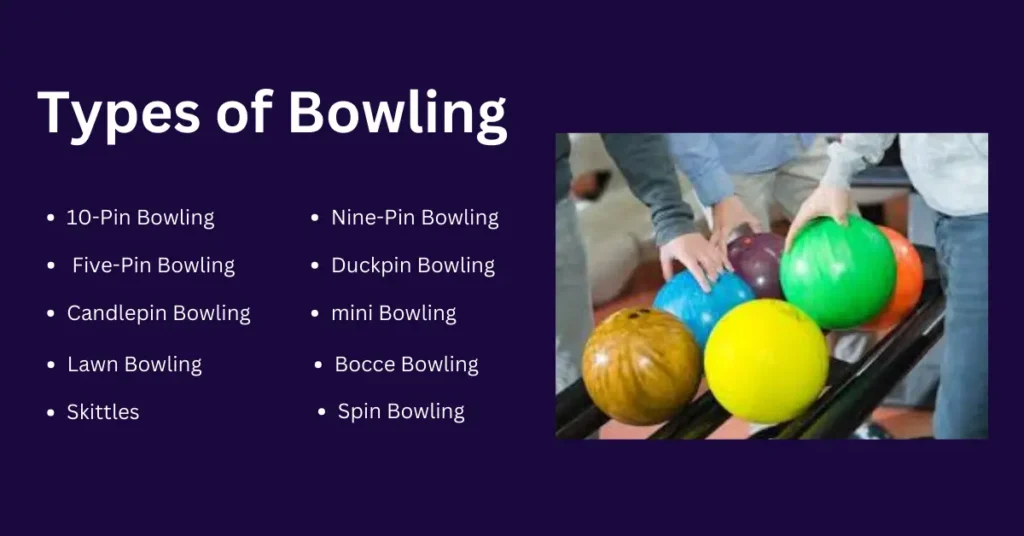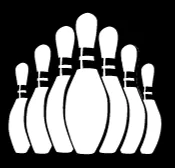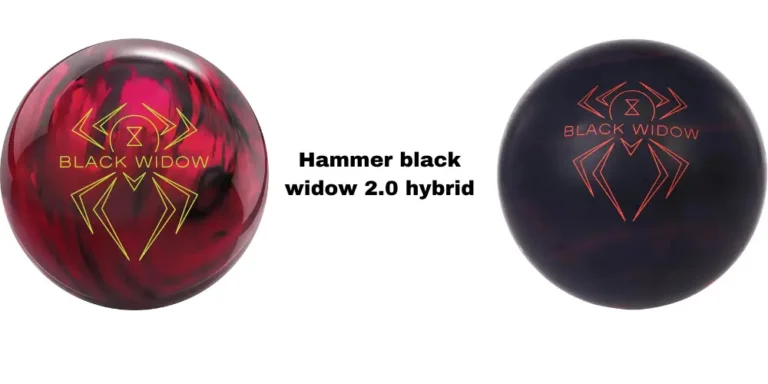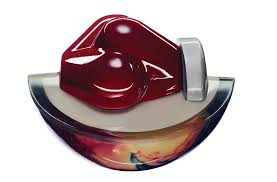Types of Bowling
Firstly, people who love bowling, whether they are experienced or just starting, often find the many different kinds of bowling styles interesting. Secondly, these range from the classic 10-pin bowling to more specialized types. Additionally, each style offers its unique challenges and thrills. Moreover, in this detailed guide, we will explore ten of the most well-known types of bowling. Furthermore, we will provide information about their origins. Similarly, we will explain their rules. Ultimately, we will discuss why players all over the world enjoy them.

10-Pin Bowling
The cornerstone of modern bowling, 10-pin bowling features ten pins arranged in a triangular formation at the end of a lane. Players roll a bowling ball down the lane, aiming to knock down all ten pins with each throw. This popular form of bowling is widely played in recreational centers, leagues, and professional tournaments around the globe.
Nine-Pin Bowling
Originating in Europe, nine-pin bowling utilizes a diamond-shaped arrangement of nine pins. The rules and scoring system are similar to 10-pin bowling but with one fewer pin. This variation presents a unique challenge to players, requiring precision and strategy to achieve success.
Five-Pin Bowling
A Canadian favorite, five-pin bowling features smaller pins arranged in a V-shape formation. Players use a handheld-sized ball to knock down the pins, aiming for the highest possible score. The smaller pins and ball size add an element of difficulty, making five-pin bowling a thrilling and competitive sport.
Duckpin Bowling
Duckpin bowling, popular in the northeastern United States, features shorter, squatter pins and a smaller ball compared to traditional 10-pin bowling. The smaller pins are more challenging to knock down, requiring precision and accuracy from players. Duckpin bowling offers a unique and enjoyable experience for bowlers of all skill levels.
Candlepin Bowling
Prominent in New England, candlepin bowling features tall, thin pins and a cylindrical ball without finger holes. The scoring system differs from other forms of bowling, adding to the game’s complexity. Candlepin bowling requires finesse and strategy, making it a favorite among enthusiasts in the region.
Mini Bowling
fz ct Ideal for casual entertainment, mini bowling offers a scaled-down version of traditional bowling. With shorter lanes and smaller pins, mini-bowling is suitable for players of all ages and skill levels. This compact yet enjoyable form of bowling is commonly found in family entertainment centers and arcade venues.
Lawn Bowling
A leisurely outdoor activity, lawn bowling involves rolling biased balls toward a smaller target ball, known as the jack or kitty, on a meticulously maintained green. Originating from ancient civilizations, lawn bowling is popular worldwide, offering a relaxing yet competitive social experience for participants.
Bocce Bowling
Bocce bowling comes from ancient Roman games. Additionally, it involves throwing bigger, heavier balls toward a smaller target ball called the pallino. Moreover, players compete to get their balls closest to the pallino. Furthermore, they use strategy and precision to outplay their opponents. Similarly, people of all ages and skill levels enjoy bocce bowling. Ultimately, it is popular for both casual play and competitive games.
Skittles
Skittles is a traditional game that started in England pubs. Additionally, it involves rolling a ball to knock down pins. Moreover, players take turns rolling the ball toward a set-up of pins. Furthermore, they try to knock down as many pins as possible. Similarly, skittles is often played in casual settings. Ultimately, it adds a social and competitive part to get-togethers.
Spin Bowling (Cricket)
In the realm of cricket, spin bowling refers to the technique of imparting spin on the ball to deceive the batsman. Spin bowlers use variations in grip and wrist movement to generate spin, making it challenging for batsmen to predict the trajectory of the ball. Spin bowling adds complexity and excitement to cricket matches, showcasing the skill and strategic prowess of bowlers.
From the classic allure of 10-pin bowling to the strategic nuances of spin bowling, the world of bowling offers something for everyone. Whether you’re seeking competitive thrills or casual recreation, exploring these diverse types of bowling promises an enriching experience for enthusiasts of all ages and skill levels.
For more information on specific types of bowling, consult official sources such as the United States Bowling Congress (USBC) or the International Bowling Federation (IBF). These authoritative organizations provide comprehensive guides and resources to enhance your understanding of the sport.





